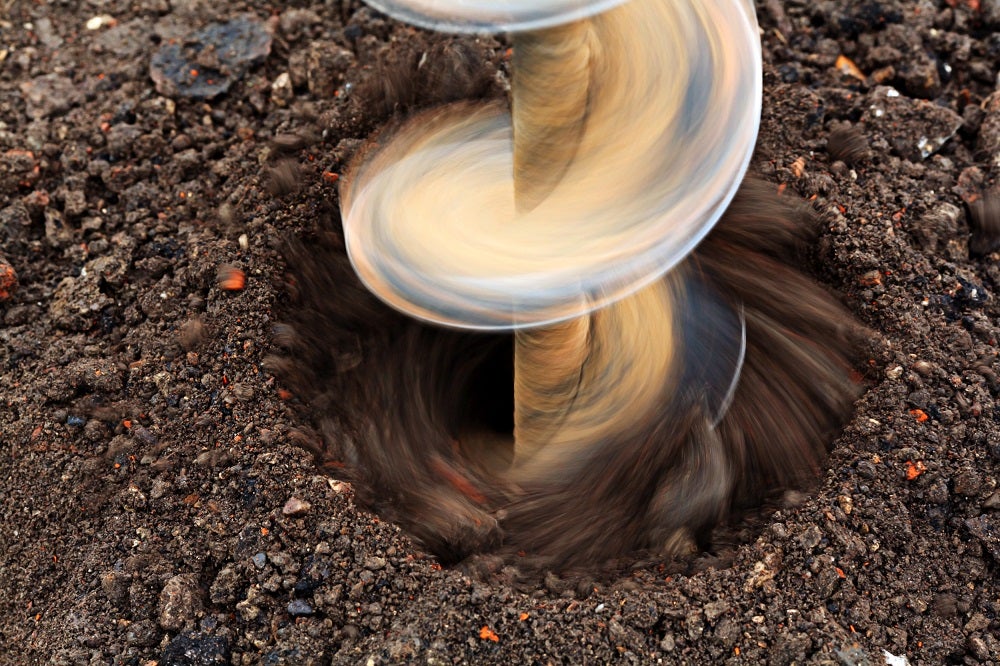
All mining operators are looking to reduce costs, boost output and maximise their productivity – and as the industry recovers from Covid-19 slowdown, this is more important than ever. Now, data collection and analysis are unlocking new optimisation opportunities and shaping the tech-enabled future of mining. In today’s rapidly changing landscape, specialist services have never been more valuable.
Lucas Drilling provides exploration, drainage and production drilling solutions for a range of geologies. Business development general manager Doug Henderson describes how an integrated approach to drilling services is transforming operational efficiency.
What are the biggest trends in the drilling market right now?
DH: Over the last ten years, the functionality of equipment has been one of the biggest trends. In directional drilling, equipment used to provide a basic range of functions, with the operator required to add a lot of skill to achieve a reliable outcome. Now equipment functionality, reliability and uptime has reached a point where we have very high efficiency with low equipment failure rates.
In exploration drilling, customers are either carrying on with the work they put aside for Covid or taking advantage of increased resource prices, so we’re seeing a large flow of work come through. They are looking for more rigs and people, and most drilling companies are pretty much at full utilisation, so we’re working with our customers on ways to unlock efficiency to get more out of their rigs, assets, equipment and people.
Our directional drilling customers are trying to get more gas in less time. We’ve adapted and configured hole sizes and built rigs with greater capacity. We’re talking 100-ton capable rigs that are able to drill with conventional assemblies out to 2.5-2.7 km regularly. Over the last 12 months or so, we’ve been integrating rotary steerable tools and specialist bed mapping sensing tools to enable us to drill 3km or more and provide our customers with more data about their geology, so they’re getting more bang for their buck.
In large diameter drilling, typically for service bores, customers have struggled for years with high costs and slow processes. We’ve added new inhouse techniques, tools and equipment to be able to put these bores in faster and more reliably. One of the biggest advances we’ve made in large diameter drilling has been with the sizes of the casing and the holes we’re able to put in. Now, we regularly put in cased hole sizes 600mm or larger into mine workings 400-500 m deep without having to weld casing on site and with minimal underground interaction. Five years ago, we would have done that only a handful of times.
Why are specialist drilling services valuable for operators?
DH: Mining operators are trying to minimise the amount of supply chain interactions or touch points and are looking for companies to be accountable for more of the operation, rather than outsourcing to third parties. They’re relying on us to provide more of a coordinated and cohesive service rather than a fractured one.
They’re also asking for more efficiency, which lines up with what we’re providing.
What makes Lucas Drilling stand out in the market?
DH: Lucas Drilling was established in 2000, at the turn of the new century. We started off doing gas exploration work, then started doing directional drilling for gas drainage. After the 2010 mining downturn, we restructured and reorganised and then continued to grow and renew our contracts.
Our USP is our integrated technical service. We can take a customer’s needs and engineer the required outcome and then monitor that with our inhouse drilling engineering capabilities to ensure its delivery. We don’t have to outsource any of that stuff – and that includes our directional drilling service.
The big goal overall is to be the driller of choice for our customers. Our aim is to ensure we provide a reliable, repeatable and known service that delivers high levels of value.
What would be your advice for mining operators?
DH: The advice would be to engage a partner early in the process rather than waiting towards the end to try to unlock efficiencies. Companies like us have access to technologies that might enable our customers to do a better job at a lower cost in a shorter period of time.
How do you envision the future of mining services?
DH: The future of mining services and drilling is pretty clear. It’s a greater reliance on collected data at all stages of the process, from exploration through to production. The analysis and integration of that data will provide more consistent and more reliable results more effectively.
Our downhole sensing tools and rotary steering systems already provide huge volumes of data in addition to the large volumes of data we get from our directional drilling equipment. The reports we provide to our customers provide a lot of information about their geology and how the rig is working, which is very valuable to understand the best way to get their production volumes and costs where they want them to be.


